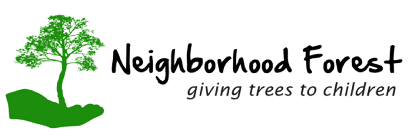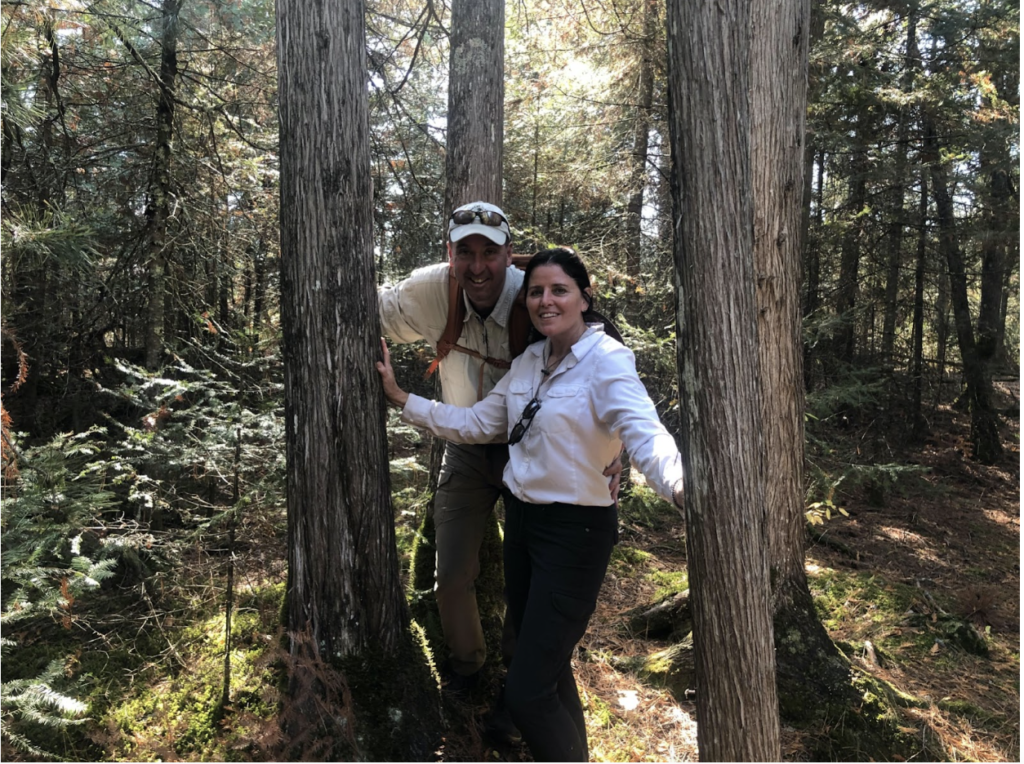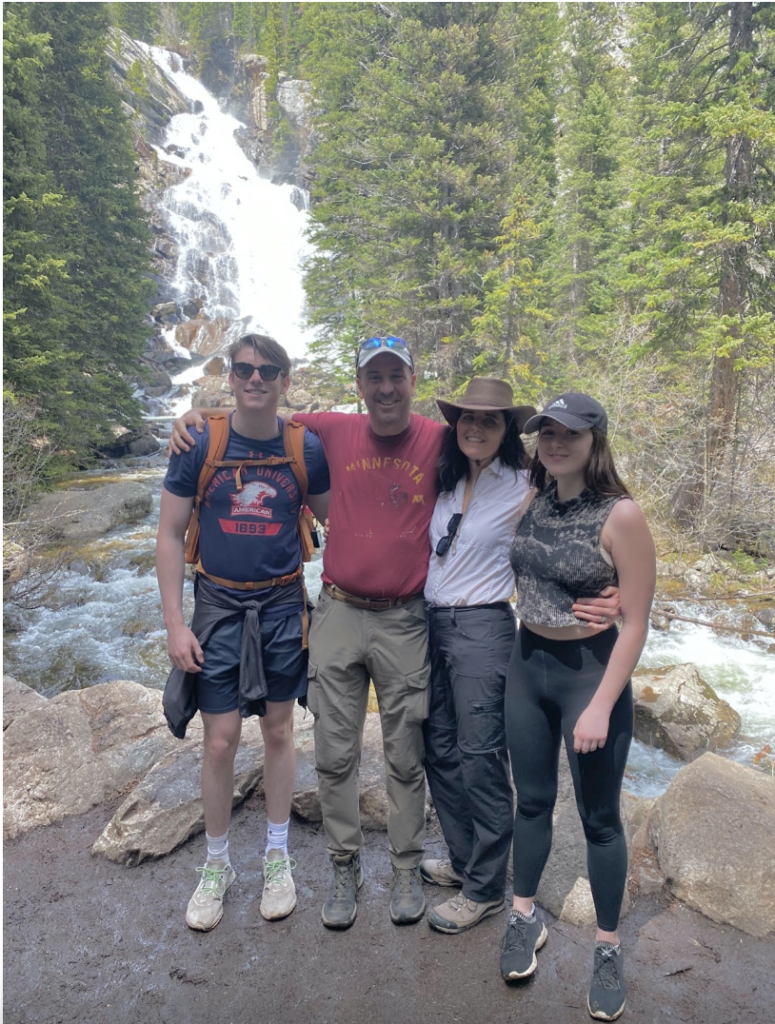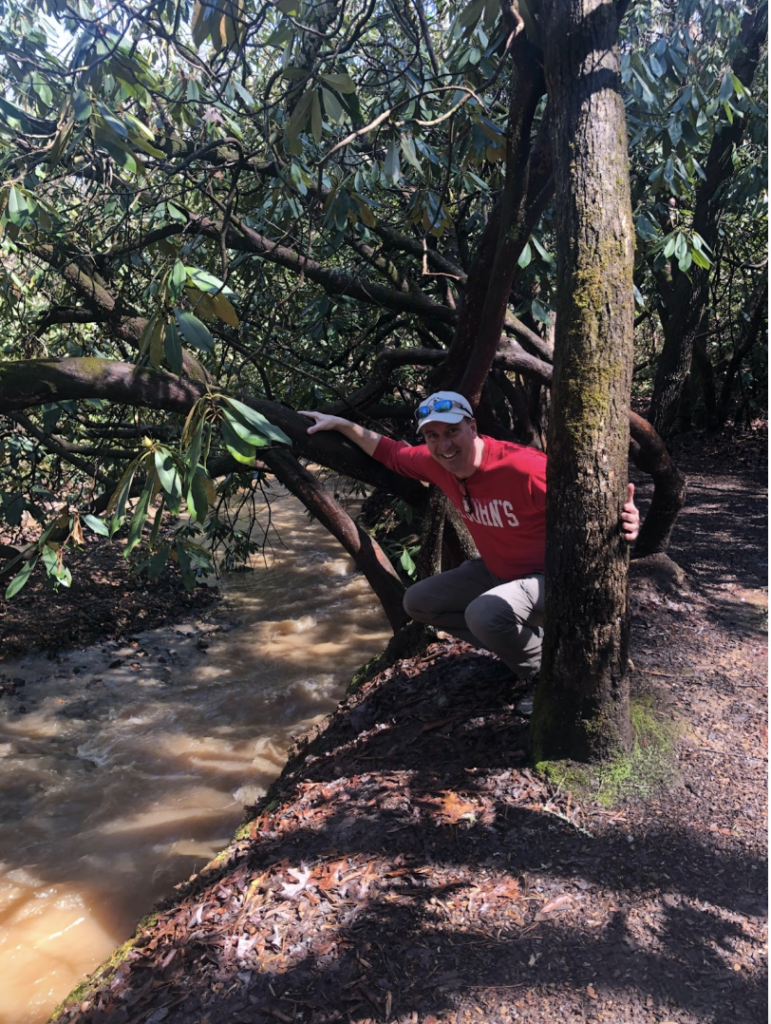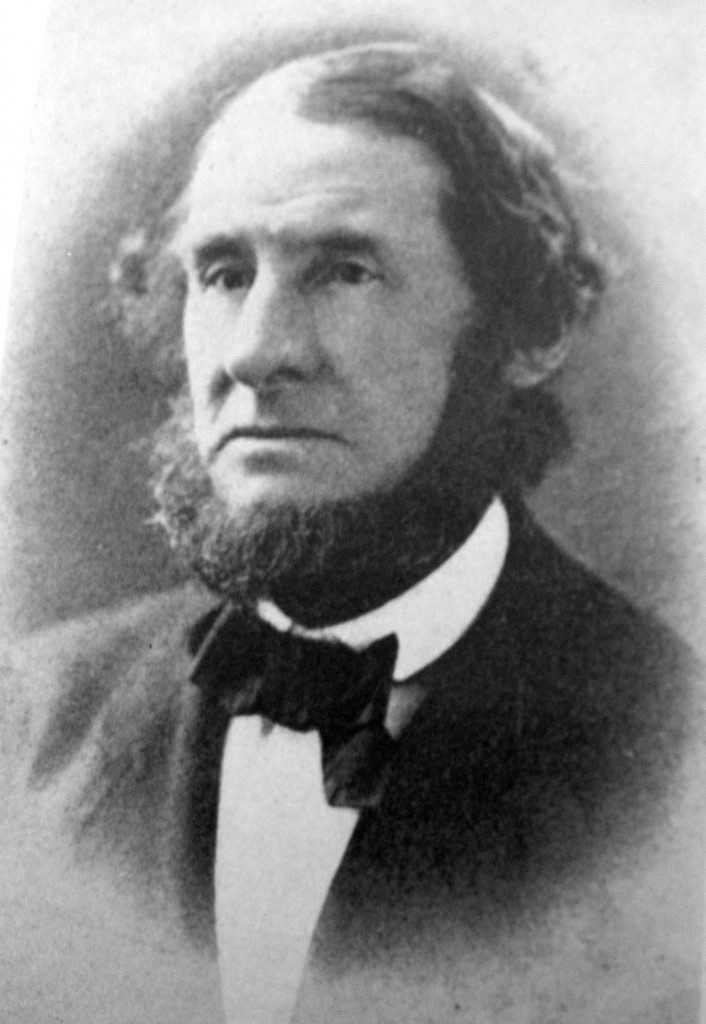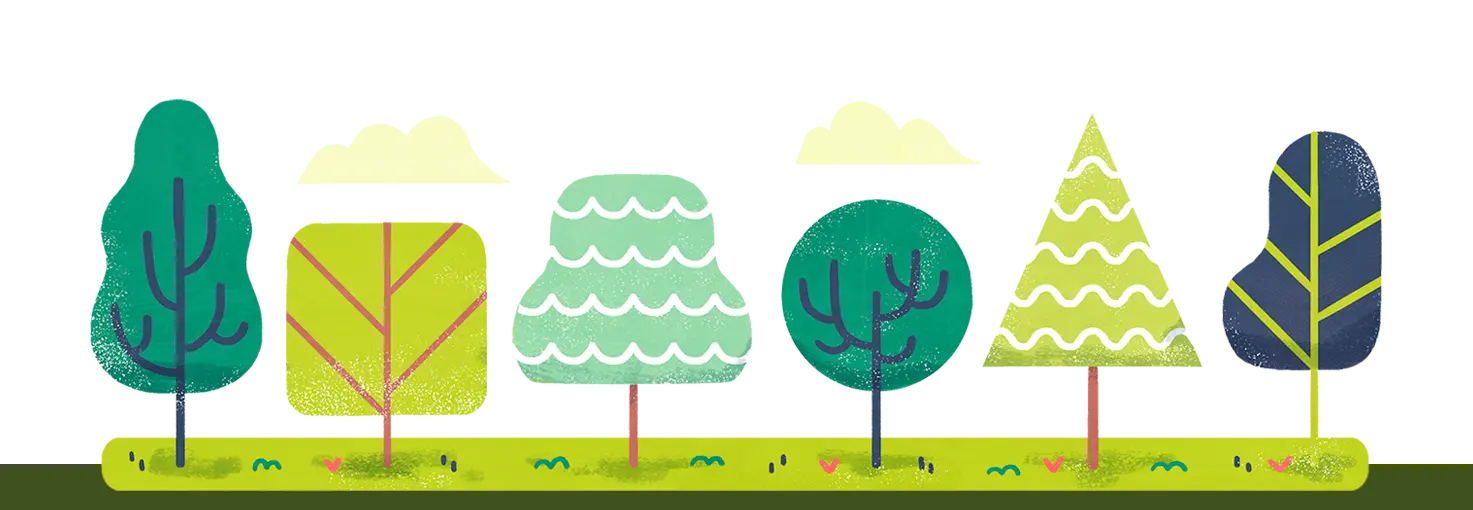Why We Contribute to Neighborhood Forest: Planting Seeds of a Better Tomorrow
The Uldrich family, of Minneapolis, has a deep-rooted love for trees (pun intended). It’s a love that goes beyond themselves and into a hope of a better future for generations to come. We asked Jack Uldrich, a well-recognized global futurist, speaker, and author, “Why does your family give to Neighborhood Forest?” His response was, “The short, simple answer is that our family loves trees. (As the photos below attest.) At a deeper level, however, our love of trees transcends time.”
A Question that Touched Their Hearts
The Uldrich family’s story begins with a question posed by the renowned Jonas Salk, the developer of one of the first polio vaccines: “Are we being good ancestors?” This question struck a chord deep within their hearts, leading them to contemplate their legacy and the impact they were leaving on the planet.
Their honest reflection yielded a qualified “yes,” recognizing their efforts to “walk as lightly as possible upon the Earth” but acknowledging that we should, could, and must be doing more.
From Acorns to Oak Trees
Three years ago, the Uldrich family embarked on a journey to plant trees. It started with collecting acorns in late summer and germinating them over the winter in their basement refrigerator. They nurtured the oak saplings through spring and summer, preparing them for a new home in the fall, where they would be safe from threats like squirrels and deer.
Reestablishing an Oak Savannah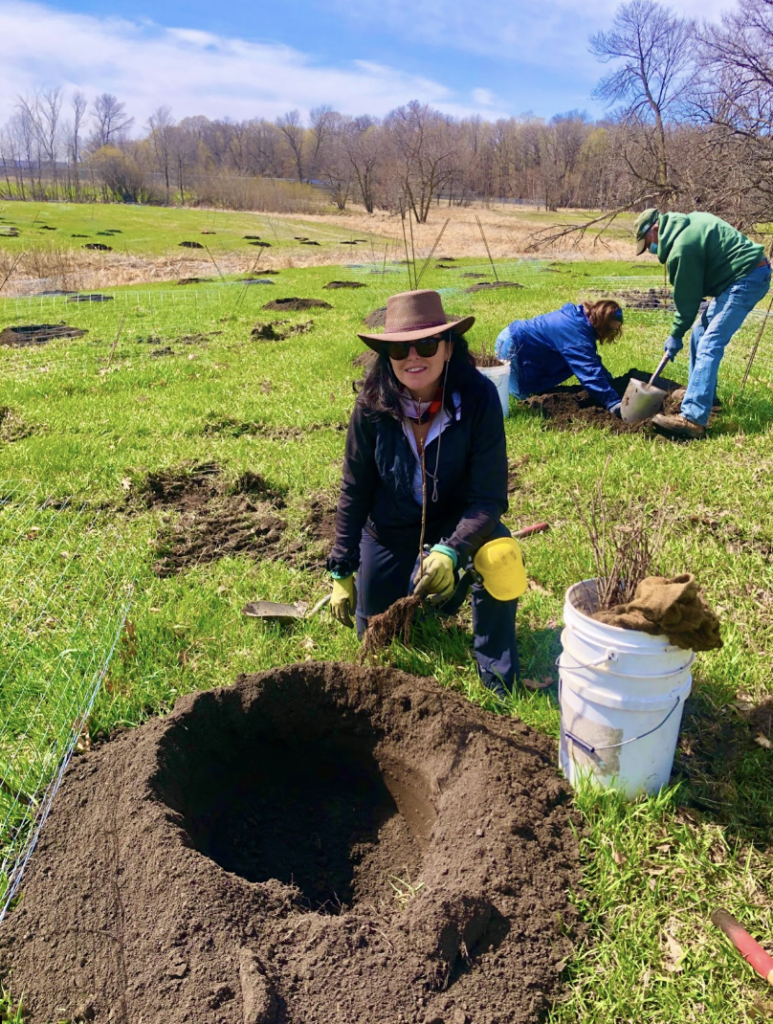
Two years ago they began visiting Jack’s alma mater, St. John’s University in Collegeville, Minnesota for few days every spring to plant Oak trees in an effort to reestablish an Oak savannah on the campus. This act serves a dual purpose: leaving a lasting physical legacy for future generations and mitigating, in a small way, the ravishing effects of climate change.
Joining Neighborhood Forest
Then, last year, the Uldrich family learned about Neighborhood Forest and the organization’s dedication to planting trees through the hands of children. They were thrilled to become sustaining members wanting to amplify their tree planting efforts and recognizing that more needed to be done especially due their family’s carbon footprint, which is larger than average due to Jack’s business travels. By supporting Neighborhood Forest, they found a way to help offset their carbon emissions and expand their tree planting efforts.
Jack shared, “Still, we know we must do even more if future generations are to have any hope of a better future, and we are eager to help Neighborhood Forest grow into a thriving organization that spans all of North America–and beyond.”
Living by a Beautiful Proverb
The Uldrich family’s love for trees and their dedication to planting them is beautifully encapsulated by an ancient Greek proverb: “Societies thrive when old people plant trees under whose shade they will never sit.”
“In short, we love Neighborhood Forest because it is living this proverb and, in the process, making the world a better place today and for future generations.”
A Call to Action
The Uldrich family’s story is an inspiring example of how one family’s love for trees can lead to meaningful change. They invite you to join them in supporting Neighborhood Forest or even becoming sustaining members. In closing, Jack shared one last quote that their family loves and aims to live by, “The best time to plant a tree was 20 years. The next best time is today.”
Jack, Cindy, Meghan and Sean Uldrich
Minneapolis, Minnesota
